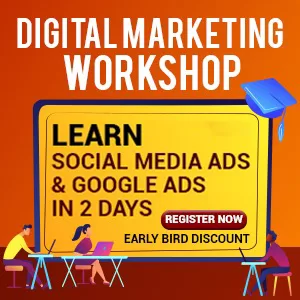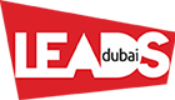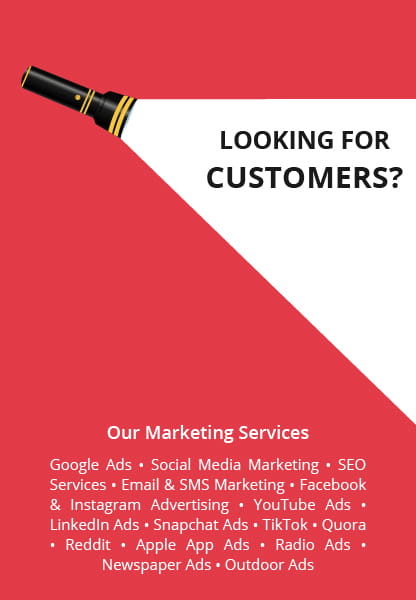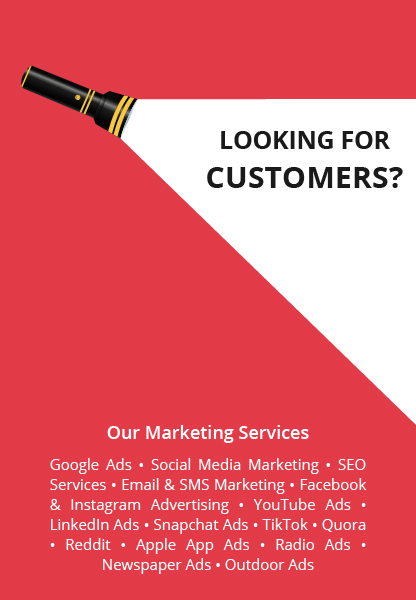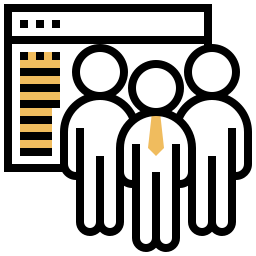
Native Advertising Services Dubai UAE
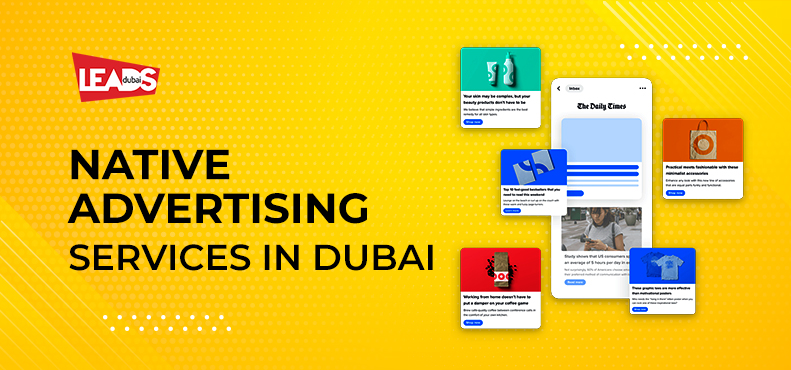
What is Native Advertising
Native advertising is a type of paid advertising in which the advertisements are designed to match the look, feel, and function of the media format in which they appear. They appear "naturally" and seamlessly on the website. Native ads, unlike banner or display ads, do not appear to be ads and thus do not interfere with the user's interaction with the page. The key to defining native advertising is that it exposes the reader to promotional content without sticking out like a sore thumb.
Native ads are frequently featured on websites as recommended content, appearing below or beside the article you just read. They also appear as "in-feed" ads in social media news feeds such as Facebook or Twitter. Search and promoted listings, which appear at the top of your Google search results or in the sidebar, are another form of native advertising.
- Advertisements "In Feed". Ads that appear in your social media news feed (ie. your Facebook or Twitter feed)
- Search and Featured Listings. Listings of advertisements that appear at the top of your Google search results or in the sidebar.
- Recommendations for Content. Recommended articles appear below the article you just finished reading.
Native Advertising Formats
As AdTech advances, advertisers will have access, to an increasing number of native ad formats. Native ad formats now include
- carousel ads
- out-stream video ads
- click-to-watch video ads
- mobile apps install ads
- native social ads
- and the list goes on.
Advertisers have a lot of say over the type of native ad they want to serve to their target audiences, and they can pick the style that best suits their message and potential customers.
Benefits Of Native Advertising
Why are advertisers so fond of native advertising? Because it is effective. Here are some of the advantages of native advertising that marketers in a variety of industries are reaping:
- More effective than display advertisements
Native ads are viewed by consumers 53 percent more than display ads. Native ads increase purchase intent by 18%, and their visual engagement is equal to, if not slightly higher than, that of original editorial content.
- Ad fatigue is combated by native advertising.
Ad fatigue occurs when an audience becomes bored with seeing advertisements. They simply stop paying attention after a while. Native ads are brand exposure disguised as editorial content that does not tire the audience out. Native advertising engages the audience if the content is relevant and interesting.
- People prefer ads that are relevant to them.
Consumers are aware that native advertising is a form of advertising, but they don't care! According to a Stanford University study, no one is fooled by native advertising. Although consumers understand, that they are viewing advertising, native ads continue to have a significant impact on purchase behavior. Native advertising allows you to connect with users in the format of your choice. Native advertising is also less intrusive than traditional advertising formats such as banner ads. Furthermore, because of the ad's contextual relevance, native advertising can generate a high Click-Through Rate (CTR) and increase conversions. Look at our guide on choosing the right format for your campaigns to learn more about the pros and cons.
How Does Native Advertising Work?
Native ads assist brands and businesses in engaging their audiences with relevant, compelling content delivered through high-quality websites to users who are most likely to be interested. The specifics of a native campaign will vary depending on the goal, which could be to get customers to buy a product, download an e-book, request a demo, or watch a video.
- Create unique, high-quality content for your niche audience.
- Online content, such as a website, blog, or landing page, should be hosted.
- Run a native advertising campaign with a high potential audience in mind.
- Customers are browsing the web and clicking on your native ad. It will direct them to your content.
- Your content is read by customers. They become interested and may even participate.
Types of Native Ads
- Widgets for Content Recommendation Engines
Readers frequently encounter widgets at the end of many articles with the heading "Recommended for You" or "You May Also Like..." These widgets, known as content recommendation engines, enable brands to leverage the audiences of major publishers to drive traffic back to their websites. Content recommendation widgets are useful for publishers looking to expand their audience or brands using content marketing to generate leads.
- Listings that are promoted
`E-commerce sites use promoted listings to highlight sponsored products first, usually on a category page. Promoted listings, in addition to getting brands to the front of the line, are becoming more cost-effective. Customers are no longer charged for promoted listings by sellers such as eBay until the listing generates a sale.
- Ads for Paid Search
Paid search ads are like promoted listings in that they appear at the top of customer search results. They are used for search engine marketing as well as within individual domain search results.
- Units for Infeed
In-feed units promote sponsored content within the natural index of articles of a publication. Readers see sponsored content from advertisers in addition to the original content as part of a stream or gallery. Although the content is labeled as sponsored, it blends in with the publisher's native experience.
- Native Elements in an Ad
This variety of native advertising appears to be a standard ad, but it is highly contextually relevant to the publisher. A food brand, for example, might promote its proprietary recipes on websites that publish user-generated recipes, such as AllRecipes.com, or next to a New York Times article with seasonal recipes.
- Marked but Highly Contextual
According to recent FTC statements, the agency is keeping a closer eye on native advertising to protect consumers. The advertiser is typically held liable for misleading advertising, but the FTC suggests that publishers may also be held liable.
TOP Native advertising platforms are:
Outbrain Ads
Rev Content
MGID
and many more
Contact Us
Our Services
- Google Ads
- SEO Services
- Email Marketing
- SMS Marketing
- Whatsapp Marketing
- Influencer Marketing
- Facebook Advertising
- Instagram Advertising
- Tiktok Advertising
- YouTube Advertising
- Linkedin Advertising
- Mobile App Marketing
- Pay Per Lead
- Outdoor Advertising
- Outdoor LED Ads
- Burj Khalifa Ads
- Metro Advertising
- Radio Advertising
- Newspaper Advertising
- Flyer Distribution
- Website Development
- Social Media Content Creation
Blog Categories
- Advertisement (12)
- Blog (416)
- Content marketing (4)
- digital marketing (1)
- Digital Marketing (19)
- Digital Marketing Training (7)
- Email Marketing (19)
- Facebook (40)
- Google Ads (62)
- Infographics (42)
- Instagram (9)
- Marketing Agency (3)
- Mobile Marketing (17)
- Outdoor Advertising (48)
- Press Release (9)
- Programmatic Advertising (1)
- Radio Advertising (1)
- SEO (42)
- Social Media Marketing (54)
- Testimonials (38)
- Website Design Development (15)
- Youtube (4)



